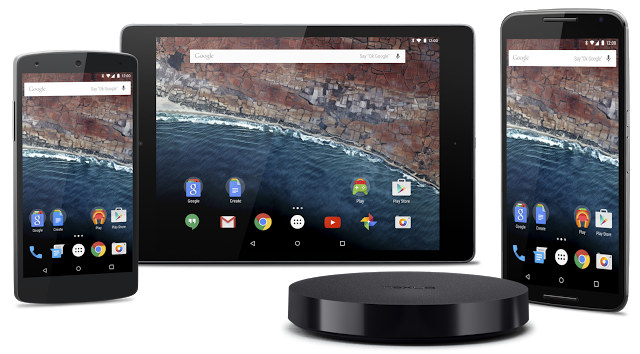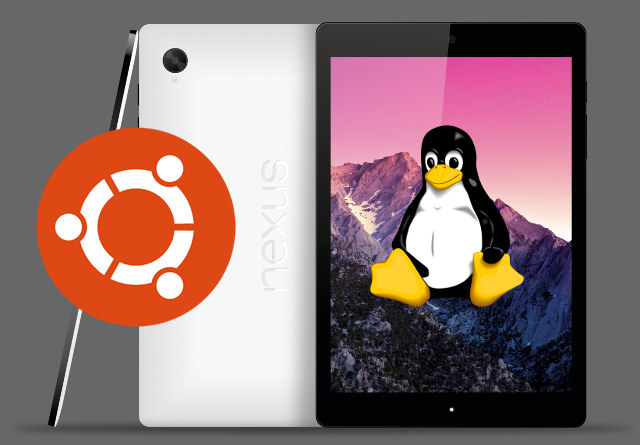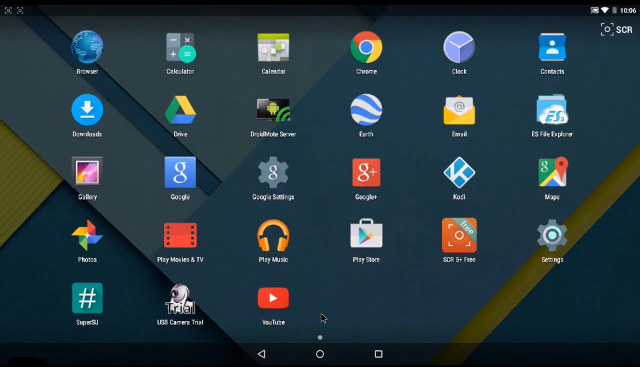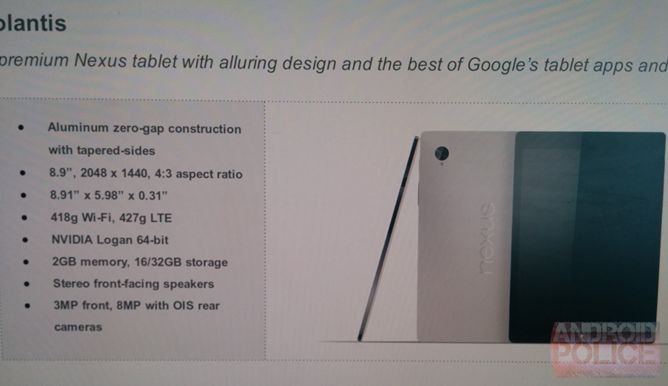Google have finally announced Android 6.0 will be Marshmallow, and more importantly released the Android 6.0 SDK (the API won’t change), and the final M Developer Preview. That means developers can already work on and publish apps to the Google Play Store that are compatible with Android 6.0 API level 23. The final Android 6.0 SDK and Android Support Library v23 can be downloaded via the SDK Manager in Android Studio. The new Android Support library includes new libraries such customtabs, percent, recommendation, preference-v7, preference-v14, and preference-leanback-v17, and will help developer integrate new Android Marshallow functionalities to their app in a backward-compatible way. Android 6.0 adds new features like fingerprint scanner support and Doze power saving mode, as well as a new way to handle permissions, but the latest developer preview only brings small changes: Final Permissions User Interface – Updated permissions user interface and permissions behavior. API Change – […]
Android M Preview Images & SDK and Key Changes
Google formally announced Android M (Marshmallow?) at Google I/O, and released preview images for Nexus 5, Nexus 6, Nexus 9, and the Nexus player. If you don’t own any of these devices, you can also run Android M in the emulator using the preview SDK. So what’s new in Android M? Google reports over 100 changes, but here are some of the highlights of improvements and new features: User Control of Permissions – With Android M, apps can trigger requests for permissions at runtime, and let users choose whether to allow it. For example, if your flashlight app suddenly request access to your contact list, a window may pop up and you are free to decline it. Users will also have easy access to manage all their app permissions in settings. Doze improves Battery Life – Android M will use motion detection to learn if a device has been used […]
Android 5.1 Released, Adds multiple SIM Cards Support, HD Voice, and More
Google has just announced the release of Android 5.1, still called Lollipop, which mostly improves performance and stability, but also adds a few features. There are at least 4 main additions or improvements on Android 5.1: Multiple SIM slots support – Allows to use 2 or 3 SIM cards in your phone to better manage your mobile costs. Device Protection – Your lost or stolen device will remain locked until you sign in with your Google account – even if someone resets your device to factory settings. Google says it will be available on most Android phones and tablets shipped with Android 5.1, implying it might not be supported on all. High Definition voice calling Join Wi-Fi networks and control of your paired Bluetooth devices directly from Quick Settings. Factory images can already be downloaded for Nexus 5, Nexus 10, and Nexus 7 Wi-Fi (nasaki), but Android 5.1 firmware should […]
How to Install Ubuntu ARM64 on Nexus 9 Tablet
HTC Nexus 9 is one of the first 64-bit ARM platform with powerful ARMv8 cores (e.g. not Cortex A53) that both commercially available, and relatively affordable at $399 to $599, at least significantly cheaper than the server boards such as Applied Micro X-C1. The tablet comes with Android 5.0 Lollipop, but for those of you who wish to have an ARM64 platform running Ubuntu or other 64-bit Linux operating systems, Ubuntu installation instructions provided by Ryan Houdek, Dolphin emulator developer, might come handy, especially it won’t affect your Android installation provided you have already unlocked your bootloader. The instructions are fairly long so I won’t reproduce them all here, so I recommend you check the detailed instructions on XDA, but the short summary below may give an idea of the amount of work needed: Install dependencies such as Aarch64 toolchain:
|
1 |
sudo apt-get install gcc g++ git gcc-4.9-aarch64-linux-gnu g++-4.9-aarch64-linux-gnu |
Build a initramfs with buildroot. You’ll need to enable […]
Full Version of Android 5.0 Ported to Nexus Player
Asus Nexus Player is the first consumer device running Android TV, which itself is a subset of Android 5.0 but focusing on usability and user experience for the TV. That means anything that works on this Intel based media player should work pretty well, but for the same reasons Android TV has limited features compared to Android 5.0 operating system used in tablets or smartphones. So the developer of Droidmote app decided to get a Nexus Player, and port the full version of Android 5.0 to it, and called it Nexus Player LolliRock. The Linux kernel used in this firmware support NTFS, NFS, CIFS, and F2FS file systems as well as USB webcam and USB audio, and LolliRock is based on AOSP source code, includes Google Play, and you can transfer files between the device and your PC via USB. It’s still a preliminary version, and a few things still […]
Google Unveils Android 5.0 Lollipop, Nexus 6 Smartphone, Nexus 9 Tablet, and Nexus Player
Android L is now formally known as Android Lollipop. Since Google already released Android L preview a few month ago, we already know what’s new in Android 5.0 Lollipop with key changes including material design user interface, ART replacing Dalvik, better battery management, 64-bit support, etc… Google also announced three hardware platforms running Android 5.0: Nexus 6 Smartphone, Nexus 9 Tablet, and Nexus Player (Android TV) Motorola Nexus 6 Smartphone Hardware specifications: SoC – Qualcomm Snapdragon 805 quad core Krait 450 processor @ 2.7 GHz with Adreno 420 GPU System Memory – 3GB RAM Storage – 32 or 64 GB eMMC – No micro SD slot Display – 5.96” 1440×2560 AMOLED display (493 ppi). 16:9 Aspect ratio. Connectivity – 802.11 ac 2×2 (MIMO), Bluetooth 4.1, NFC Cellular Network (nano SIM): North America: GSM – 850/900/1800/1900MHz CDMA Band Class – 0/1/10 WCDMA Bands – 1/2/4/5/8 LTE Bands – 2/3/4/5/7/12/13/17/25/26/29/41 CA DL Bands […]
HTC / Google Nexus 9 To Feature Nvidia Tegra K1 Dual Core 64-bit ARMv8 Processor
ARMv8 (64-bit ARM) architecture has been seen in servers, and announced in mobile SoCs, but, putting aside some Apple products, we have yet to see any consumer products based on the latest ARM architecture. But this will change soon, as HTC Volantis, which could become Google Nexus 9 based on the picture leaked via Android Police, will feature an “Nvidia Logan 64-bit” SoC, which can only be a Tegra K1 dual core ARMv8 SoC announced at CES 2014. HTC Volantis / Nexus 9 specifications: SoC – NVIDIA Tegra K1 (logan) dual core 64-bit Processor System Memory – 2GB RAM Storage – 16/32GB internal storage Display – 8.9″ Display at 2048×1440 (281ppi) Camera – 8MP main camera with OIS, 3MP front facing camera Audio – Stereo front-facing speakers Dimensions – 22.63×15.19×0.79cm Weight – 418g, or 427g with LTE The assumption is that it will be released as the latest major release […]









